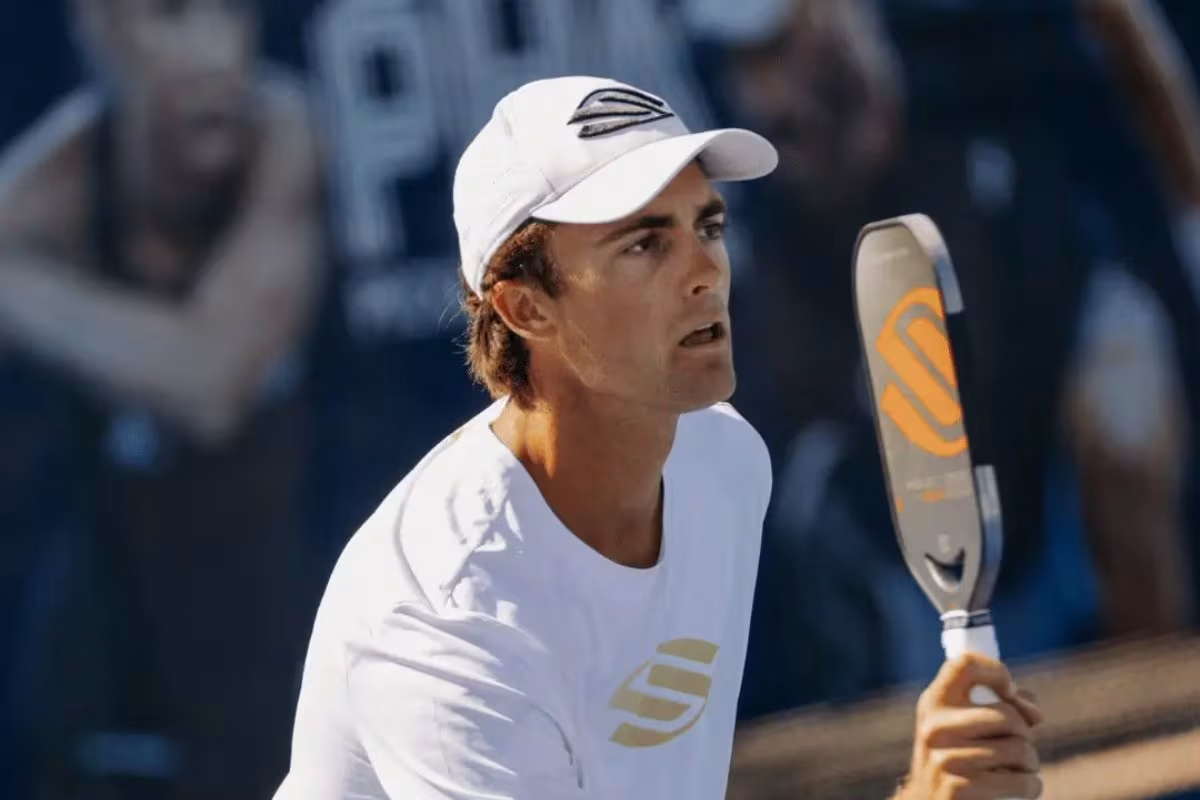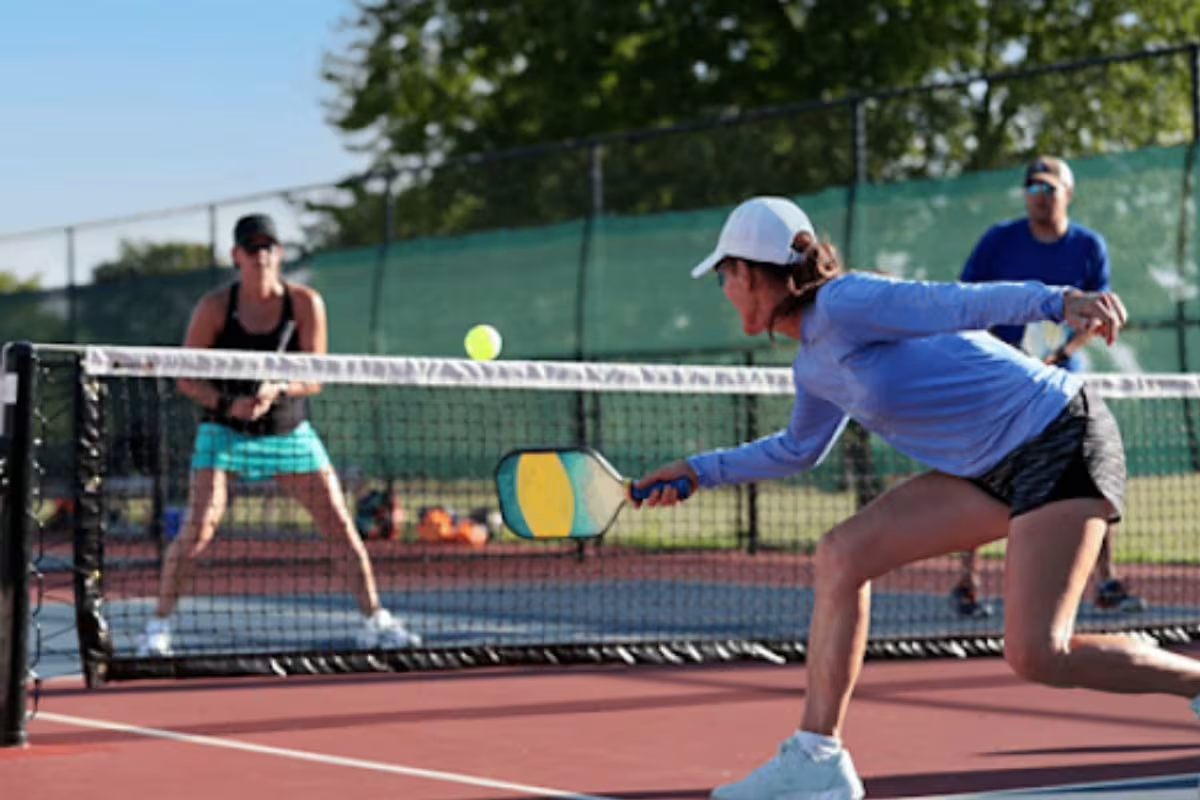Pickleball’s Silent Revolution: The role of the right-side player in doubles pickleball has undergone a remarkable transformation. Gone are the days of a passive, defensive approach. In today’s competitive landscape, especially at the elite level, the right-side player is expected to take the initiative, creating offensive opportunities and driving the game forward.
James Ignatowich, a prominent figure in the pickleball community, discusses this significant shift in a recent podcast episode: “The right-side players are sometimes more aggressive than the left-side players now, and that’s a huge change from just a year or two ago.”
A Shift in Offensive Strategy
Traditionally, the left-side player has been the primary aggressor in doubles, dominating the action with their forehand in the middle of the court. However, Ignatowich points out that right-side players are now embracing a more assertive role, particularly when it comes to speeding up the ball and creating scoring opportunities.
“The right-side players are actually speeding it up to a bigger area of the court than left-side players are,” he explains. This new offensive strategy allows right-side players to capitalize on their opponent’s weaknesses, particularly by targeting the left-side player’s backhand.
Targeting the Backhand
One of the right-side player’s critical advantages lies in their ability to exploit the left-side opponent’s backhand. Ignatowich elaborates: “If the left-side player doesn’t have a strong two-handed backhand counter, you can pretty liberally speed it up down the line.”
This tactic is effective for two main reasons:
- The One-Handed Backhand Counter: Many players struggle with countering speed-ups using a one-handed backhand. Generating enough power to effectively finish the point is challenging, leaving the left-side player vulnerable to well-placed attacks.
- Court Coverage: The left-side player typically covers 60-70% of the court, making them stretched thin. Forcing them to cover both the line and the middle creates additional space for the right-side player, especially when targeting a weak backhand. Ignatowich adds, “If you can go right up the line to their high backhand, it’s tough for them to hit a hard counter.”
Utilizing the Triangle Rule
Ignatowich also highlights the triangle rule’s importance in speeding up play. A well-placed speed-up from the right side often leads to the ball being returned to the middle of the court, setting up the left-side player for an easy forehand putaway.
“If your partner is adequately prepared, they should have an easy forehand putaway to end the point,” he notes.
This strategy has gained traction at the top levels of men’s doubles, where the speed-up game has become a crucial offensive weapon for right-side players such as Matt Wright, Dylan Frazier, and Steve Deakin.
Embracing a New Dynamic
The role of the right-side player is no longer one of passivity. Today’s elite players are adapting, leveraging their position on the court to create offense and apply pressure to the left-side opponent. “There are a lot of options to speed up and be aggressive as a right-side player,” Ignatowich emphasizes, noting that this evolution has drastically changed the dynamics of professional doubles play.
The modern right-side player cannot simply defer to their partner in the middle. Instead, they must adopt a proactive approach, utilizing speed-ups and targeted attacks to disrupt the opposing team and set up opportunities for easy finishes.
Take Charge on the Court
The next time players find themselves on the right side, they are encouraged not to fall back into a defensive role. Instead, they should emulate the pros by targeting the left-side player’s weaknesses—especially their backhand. The objective is to set up their partner for an easy putaway. If they can sneak the ball past the opponent down the line for a winner, even better.
By embracing this more aggressive mindset, right-side players can become a formidable offensive force on the court, helping their teams compete at the highest level.
News in Brief: Pickleball’s Silent Revolution
The role of the right-side player in doubles pickleball has evolved from a passive to an aggressive position, according to James Ignatowich. He notes that right-side players are now expected to create offense by targeting their opponents’ weaknesses, particularly their backhands. Utilizing strategies like the triangle rule enhances offensive play, allowing teams to capitalize on scoring opportunities.
This change reflects a significant shift in the dynamics of professional pickleball, urging players to adopt a more proactive approach on the court. Embracing these tactics can transform right-side players into key offensive contributors.
ALSO READ: NIKE Pickleball Tournament Heads to Acton: Countdown Begins



